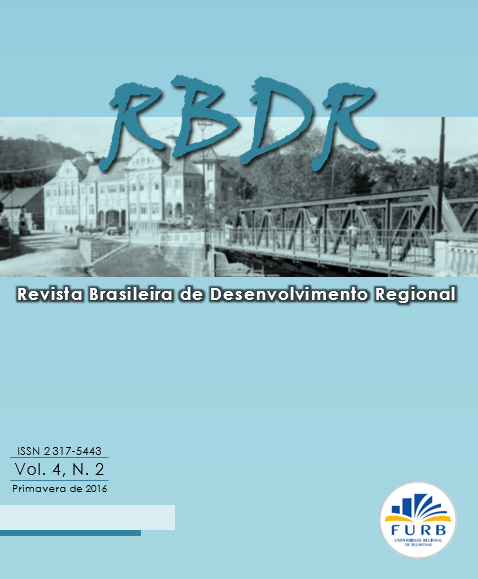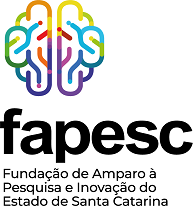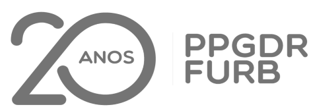Consorcios públicos de residuos sólidos en Brasil: un análisis del perfil de la gestión compartida en el territorio
DOI:
https://doi.org/10.7867/2317-5443.2016v4n2p049-077Palabras clave:
Consorcio intermunicipal, consorcio público, cooperación, gestión de residuos sólidos, territorio.Resumen
El artículo analiza la importancia de los Consorcios Públicos [CP] para la cooperación intermunicipal y la gestión compartida de residuos sólidos urbanos. Los arreglos institucionales, bajo la luz de la Ley de los Consorcios, están ganando espacio entre los municipios brasileños, en los cuales aún prepondera una cultura inmediatista para cumplir demandas locales y legales. Los gestores municipales se han dado cuenta de que la cooperación entre los municipios puede ser una estrategia viable y sostenible para encarar la problemática sectorial con ventajas de escala, y también para integrarse a un territorio más amplio y dinámico. El objetivo es presentar un panorama de la evolución de los CP y de la gestión consorciada de residuos sólidos urbanos en Brasil, reflexionando sobre su potencial para la cooperación regional. Se concluye que los CP son viables tanto para la búsqueda de soluciones comunes como para el proceso de desarrollo regional, a través de la cooperación, de relaciones simétricas y de la implantación de sistemas de decisión, operación e información transparentes entre los consorciados.
Código JEL | Q53; R11; R59.
Descargas
Descargas
Publicado
Cómo citar
Número
Sección
Licencia
Os direitos autorais para textos publicados na Revista Brasileira de Desenvolvimento Regional são do(a) autor(a) e co-autor(a/es), com direitos de primeira publicação para a revista. Por aparecerem neste periódico de acesso público, os textos são de uso gratuito, com atribuições próprias, em aplicações educacionais e não-comerciais. A RBDR permitirá o uso dos textos publicados para fins não-comerciais, incluindo o direito de envio para bases de dados de acesso público. Os textos publicados são de integral e exclusiva responsabilidade do(a) autor(a) e co-autor(a/es).
• O(a) autor(a) e co-autor(a/es) autoriza(m) a publicação do texto na revista;
• O(a) autor(a) e co-autor(a/es) garante(m) que a contribuição é original e inédita, e que ela não se encontra em avaliação em outra(s) revista(s);
• A revista não se responsabiliza pelas opiniões, ideias e conceitos emitidos nos textos, por serem de inteira responsabilidade do(a) autor(a) e co-autor(a/es);
• É reservado aos editores o direito de promover ajustes textuais e de adequação do texto às normas de publicação;
• O(a) autor(a) e co-autor(a/es) declaram que o texto não é objeto de quaisquer conflitos de interesse.





